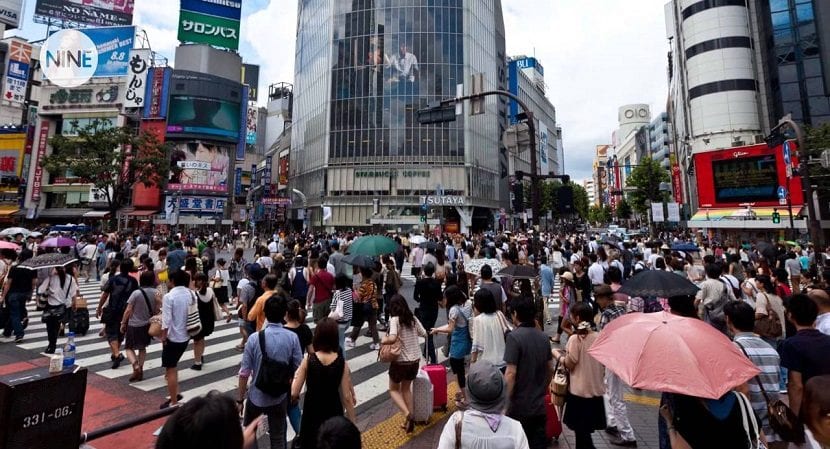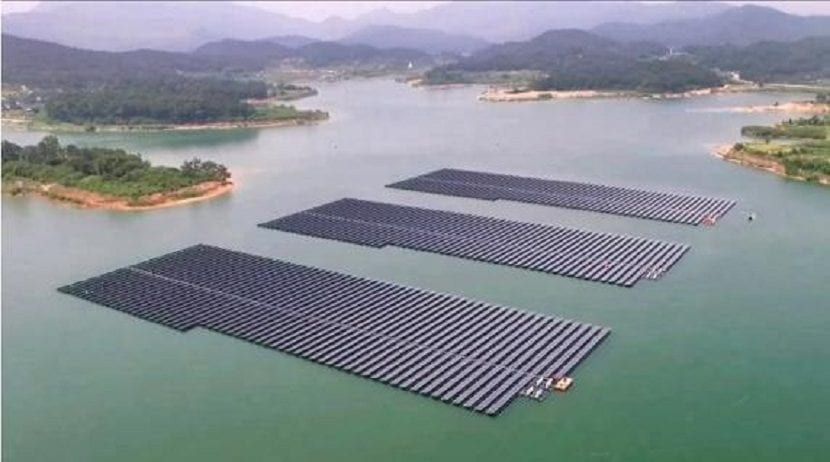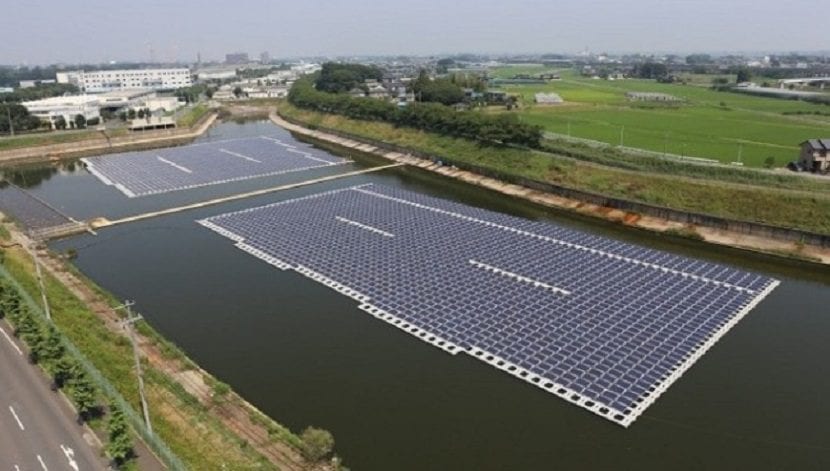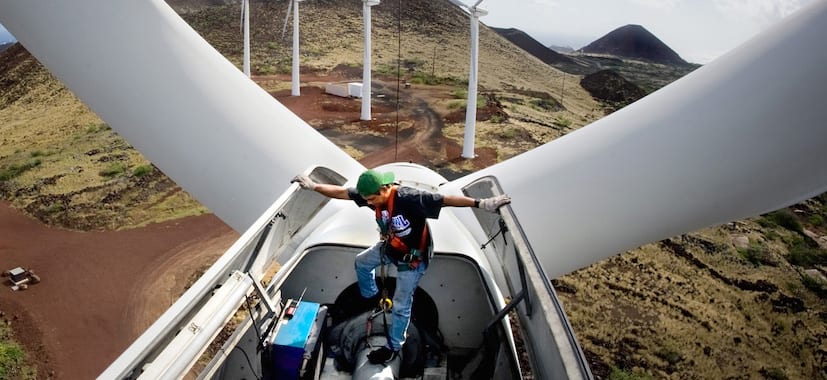
This change in trend in terms of costs It has already started to show. In 2016, 9% more power was installed, instead a 23% less than the previous year in renewable energy.
In recent years, technological improvements have contributed greatly to the reduction of the necessary amount to launch new renewable projects. Wind and solar photovoltaic have been the most benefited by these 'discounts' which, thanks to innovation (such as double rotor wind turbines), have allowed Get more 'green' capacity for significantly less.
In fact, in 2016 invested less in facilities of this type worldwide than in 2015 (a total of 227.575 million euros, which represents a decrease of 23%) and, however, it was added more renewable power than any other previous year for which there are records (138,5 GW, 9% more than in 2015), according to data from a report prepared by the UN, the Frankfurt School of Finance & Management and Bloomberg.

Another study, also signed by the UN, confirms that this 'positive' downward trend in clean energy prices will continue over the next few years and that, in just a decade, It will be cheaper to bet on them than any other type of source in the world.

Huge differences
However, this does not imply that the 'green fever / renewable revolution' infects the entire planet. The report notes that emerging markets - such as India or most African countries - are most likely to are so focused on growing economically that they only aim to supply all their energy demand as quickly as possible, without stopping to think twice whether or not they do it with renewables or if their choices in this field will have a negative impact on the environment.
The UN also considers that there will be quite a few differences between Europe and Australia, completely turned over to 'clean and renewable' sources, and the US and Japan, more "reluctant«.

In the case of the country of the rising sun, the main problem is space, since it has little surface to install wind or solar plants and, much less, to house the voluminous hydroelectric plants. Furthermore, the study notes, it is unlikely that the 'traditional' Japanese power industry will decide to support a 'green' turn right off the bat. In fact a possible solution to the problem of space, is the installation of floating solar panels, we will talk about them at the end of the article.

United States vs renewables
The United States also suffers from the problem of the lobby of the traditional industry and fossil materials, boosted, today, by the ideology of the party that holds power «let us remember that President Donald Trump, who has even denied climate change, it has undertaken a particular anti-renewable crusade ”.
For its part, China, although it experiences a situation similar to that of India in terms of its growing economy and its large population in constant increase, has decided to make a difference, bet on a 'cleaner' energy network and move away, as far as possible, from fossil fuels.

Floating solar panels
Since 2011 the French company Ciel & Terre has been working to create large scale floating solar panels. Its system, called Hydrelio Floating PV allows common solar panels are installed over large bodies of water such as lakes, reservoirs and water channels for irrigation and the like, as well as dams for photovoltaic power generation. It is about creating a simple and affordable alternative to terrestrial solar parks, especially thinking about industries that use large areas of water and that they don't have to quit to give them more use.

According to the company, they are easy to assemble and disassemble, they can be adapted to different electrical configurations, they are scalable and there is no need to heavy equipment or tools. The first facilities of this type have been built in the United Kingdom and Japan.
Double rotor wind turbines
According to engineers Anupam Sharma and Hui Hu, from the Iowa Energy Center, the base of wind generators has two major problems that limit their efficiency: one, that they are large round pieces that do not generate energy in themselves, and the second, that they cause a disturbance in the wind which also reduces the energy of any generator located behind them by between 8 and 40% depending on the conditions.

Your solution is add a second rotor, smaller, to each turbine. According to their simulations and tests carried out in wind tunnels, the added blades increase the energy generated by up to 18%. The plan is to develop a turbine with double rotor as efficient as possibledetermining where is the best place to put the second, how big it should be, what shape its base should be, and whether it should rotate in the same direction as the main rotor, or just the opposite.
The problem is from now until then.